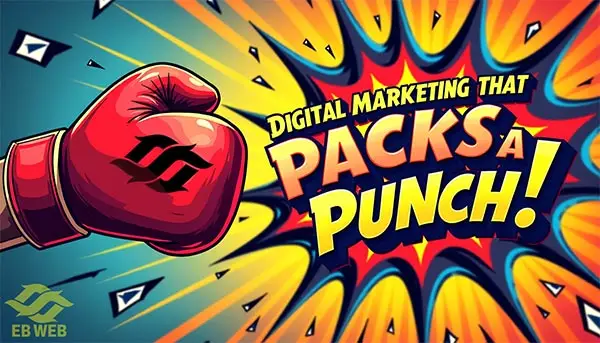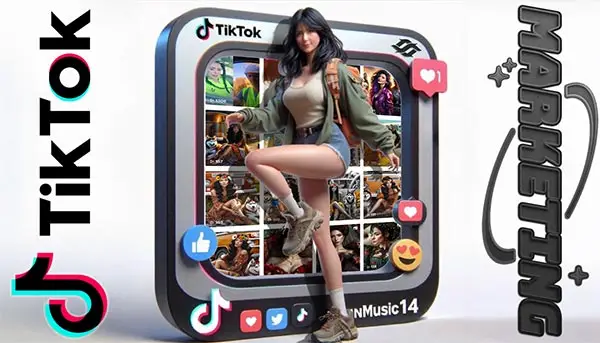
Embracing Anti-design, Imperfection and Human Touch in Web Design Trends for 2025

The Rise of Anti-Design in Modern Web Design
Embracing Imperfection: The Joyful Evolution of Web Design in 2025!
In the fast-paced world of web design, trends come and go, but one emerging movement is here to stay: anti-design. Embracing imperfection and the human touch, designers are breaking free from the constraints of traditional aesthetics and embracing a more organic and playful approach to web design. As we look ahead to 2025, it's clear that the future of web design is bright, bold, and full of personality. Join us as we explore the exciting world of anti-design and discover how it's shaping the web design trends of tomorrow.

What is Anti-design and how is it used in modern web design?
Welcome To The Rise of Anti-Design in Modern Web Design and Beyond
When it comes to web design, there's a new trend that's been gaining momentum in recent years - anti-design. This unconventional approach to design has been making waves in the industry, challenging traditional aesthetics and pushing the boundaries of what is considered visually appealing. So, what exactly is anti-design and how is it being used in modern web design?
- Defining Anti-Design
Anti-design is a design philosophy that rejects the principles of traditional design, such as balance, harmony, and visual hierarchy. Instead, it embraces chaos, asymmetry, and unpredictability. It often incorporates elements of collage, graffiti, and street art, creating a raw and unpolished aesthetic.
- Embracing Imperfection

anti-design embraces flaws and irregularities
One of the key aspects of anti-design is its celebration of imperfection. While traditional design strives for perfection and precision, anti-design embraces flaws and irregularities. This can be seen in the use of hand-drawn elements, rough textures, and distorted typography.
- Breaking the Rules
Anti-design rebels against the established rules of design, challenging the notion of what is considered "good design." It often incorporates unexpected color combinations, unconventional layouts, and bold typography choices. This rebellious spirit allows for more creative freedom and experimentation.
- Creating Emotional Impact
Unlike traditional design, which aims for a polished and professional look, anti-design prioritizes emotional impact. It seeks to evoke raw and visceral reactions from the audience, using provocative imagery and unconventional compositions to create a sense of unease or excitement.
- Using Anti-Design in Modern Web Design
So, how is anti-design being incorporated into modern web design? Many designers are embracing the principles of anti-design to create websites that stand out from the crowd. This can be seen in the use of bold and unconventional layouts, experimental typography, and unexpected color palettes.

traditional aesthetics and pushing the boundaries of what is considered visually appealing
Anti-design is also being used to create more immersive and interactive web experiences. By incorporating elements of chaos and unpredictability, designers are able to engage users in new and unexpected ways, creating memorable and impactful online experiences.
Furthermore, anti-design is being used to challenge the status quo and push the boundaries of what is considered "good design." By breaking the rules and embracing imperfection, designers are able to create websites that are truly unique and memorable.
In conclusion, anti-design is a bold and unconventional approach to web design that is challenging traditional aesthetics and pushing the boundaries of what is considered visually appealing. By embracing imperfection, breaking the rules, and prioritizing emotional impact, anti-design is creating a new wave of innovative and impactful web experiences.
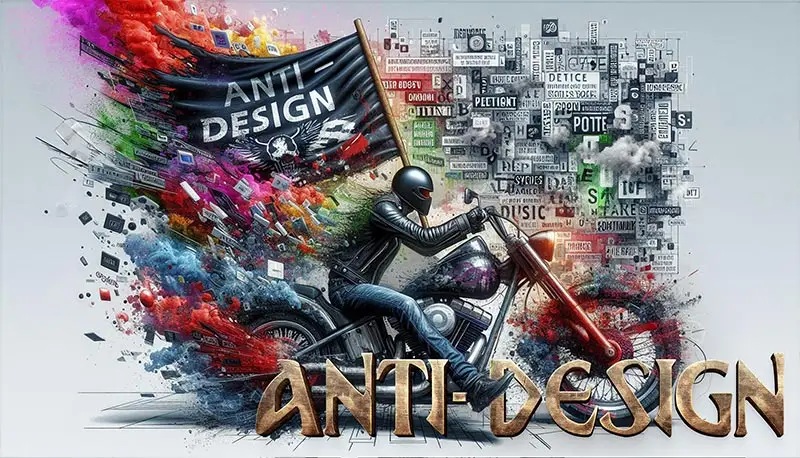
How can embracing imperfection in web design create a more authentic and relatable user experience?
Embracing Imperfection in Web Design: Creating a More Authentic and Relatable User Experience
When it comes to web design, perfection is often the ultimate goal. However, embracing imperfection in web design can actually lead to a more authentic and relatable user experience. In a world where everything seems airbrushed and curated to perfection, imperfection can be a breath of fresh air. Here's how embracing imperfection in web design can create a more authentic and relatable user experience:

Imperfection in web design can encourage user engagement
- Humanizes the Brand: Embracing imperfection in web design can humanize the brand. By showcasing imperfections, such as hand-drawn elements or asymmetrical layouts, a brand can appear more approachable and relatable to its users. This can help build a stronger connection between the brand and its audience.
- Encourages Engagement: Imperfection in web design can encourage user engagement. When a website feels too polished and perfect, it can come across as unapproachable. Embracing imperfection, such as using playful animations or quirky illustrations, can make the user experience more inviting and encourage users to explore the site further.
- Creates a Unique Identity: Embracing imperfection can help a website stand out from the crowd. In a sea of perfectly designed websites, embracing imperfection can help a brand create a unique and memorable identity. Users are more likely to remember a website that embraces imperfection and stands out from the rest.
- Builds Trust: Embracing imperfection can also help build trust with users. When a website feels too perfect, it can come across as disingenuous. Embracing imperfection shows that a brand is not afraid to be authentic and real, which can help build trust with its audience.
So, how can you embrace imperfection in web design? It's all about finding the balance between polished and imperfect elements. Whether it's through hand-drawn illustrations, playful animations, or asymmetrical layouts, embracing imperfection can create a more authentic and relatable user experience. By humanizing the brand, encouraging engagement, creating a unique identity, and building trust, imperfection in web design can lead to a more meaningful connection with users.
What are some examples of anti-design elements that are becoming more popular in web design?
Embracing Anti-Design: The Rise of Unconventional Web Design Elements
When it comes to web design, the traditional rules of aesthetics and usability have often dictated the look and feel of websites. However, in recent years, there has been a growing trend towards embracing anti-design elements that challenge the status quo and push the boundaries of creativity. These unconventional design choices are becoming more popular and are redefining the way we experience the web. Here are some examples of anti-design elements that are making waves in the world of web design:
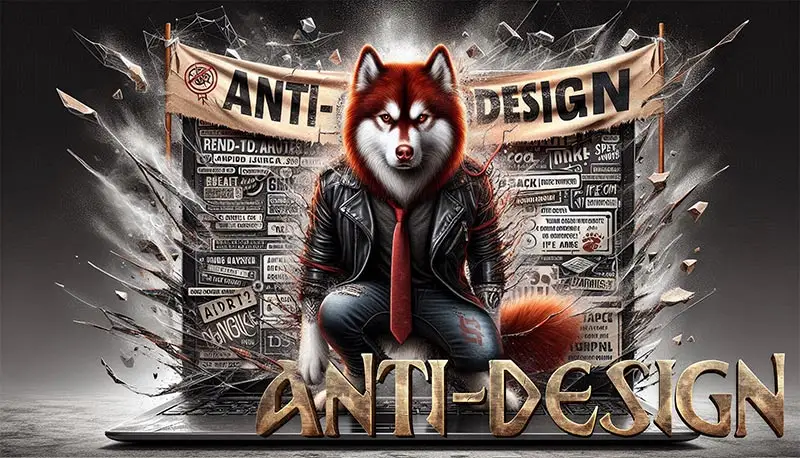

evoke a sense of playfulness and experimentation
- Asymmetry: While symmetry has long been a staple of good design, asymmetrical layouts are gaining traction in web design. Embracing uneven spacing, off-kilter elements, and non-traditional grid structures can create a sense of dynamism and visual interest.
- Glitch Art: Intentional glitches, distortions, and digital artifacts are being incorporated into web design to add a sense of nostalgia and retro-futurism. These elements can evoke a sense of playfulness and experimentation, breaking away from the polished look of traditional design.
- Minimalism: While minimalism is not a new concept, it has evolved to include anti-design elements such as oversized typography, stark color palettes, and unconventional navigation. This stripped-down approach can create a sense of sophistication and elegance while challenging traditional design norms.
- Brutalism: Inspired by the architectural movement of the same name, brutalist web design embraces raw, unapologetic aesthetics with bold typography, harsh color contrasts, and unconventional layouts. This unrefined approach can create a sense of authenticity and rebellion against the sleekness of modern design.
- Experimental Typography: Playing with typography in unconventional ways, such as overlapping, distorting, or animating text, can add a sense of whimsy and personality to web design. These experimental typographic treatments can create a sense of visual intrigue and captivate the audience.
These examples represent just a few of the many anti-design elements that are gaining popularity in web design. By embracing these unconventional choices, designers are challenging the norms of traditional aesthetics and creating new and exciting experiences for users. As the web continues to evolve, we can expect to see even more experimentation and innovation in the world of anti-design.
How can incorporating a human touch in web design help to build stronger connections with users?
Building Stronger Connections with Users through Human Touch in Web Design
When it comes to web design, it's easy to get caught up in the latest trends and technologies. However, one of the most important aspects of creating a successful website is incorporating a human touch. By adding personal and relatable elements to your design, you can build stronger connections with your users and create a more engaging and memorable experience.

It's all about making them feel valued, understood, and connected to your brand on a personal level
So, how can incorporating a human touch in web design help to build stronger connections with users? Let's explore some key ways:
- Use Authentic Imagery: Instead of relying on generic stock photos, use real images of your team, office, or products. This adds a personal touch and helps users connect with the people behind the brand.
- Showcase Testimonials and Reviews: Incorporating real-life testimonials and reviews from satisfied customers can help build trust and credibility. It shows that there are real people who have had positive experiences with your brand.
- Personalize User Experience: Use data to personalize the user experience. Address users by their name, recommend products based on their browsing history, and send personalized emails. This makes users feel valued and understood.
- Create Conversational Content: Write copy that speaks directly to the user in a conversational tone. This makes the content more relatable and engaging, and it feels like a real person is talking to them.
- Engage with Social Media: Incorporate social media feeds, share buttons, and user-generated content to encourage interaction and create a sense of community. This allows users to see the human side of your brand and connect with other like-minded individuals.
By incorporating these human touch elements into your web design, you can create a more meaningful and memorable experience for your users. It's all about making them feel valued, understood, and connected to your brand on a personal level.
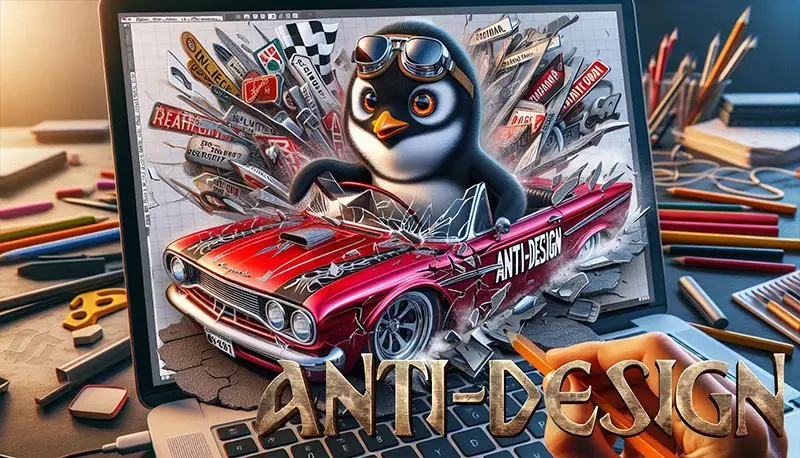
Remember, in today's digital age, where competition is fierce and attention spans are short, building strong connections with users is crucial for success. So, don't underestimate the power of a human touch in web design!
What are some ways that designers can balance the need for functionality with the desire for imperfect and human-centered design in web design trends for 2025?
Welcome to our blog! Today, we're diving into the exciting world of web design trends for 2025. As technology continues to evolve, designers are faced with the challenge of balancing the need for functionality with the desire for imperfect and human-centered design. So, how can designers strike this balance and create websites that are both functional and visually appealing? Let's explore some ways to achieve this:

it's crucial for designers to prioritize accessibility
- Embrace asymmetry: In 2025, web design is moving away from rigid grid layouts and embracing asymmetrical designs. This trend allows for a more organic and human-centered feel, as it mimics the natural imperfections found in the real world.
- Use hand-drawn elements: Incorporating hand-drawn illustrations, icons, and fonts into web design can add a touch of whimsy and personality. This human touch can make a website feel more relatable and inviting to users.
- Focus on storytelling: Designers can create a more human-centered experience by using storytelling techniques in their web design. This could involve using interactive animations, scrolling effects, or multimedia elements to guide users through a narrative journey on the website.
- Prioritize accessibility: While embracing imperfect and human-centered design, it's crucial for designers to prioritize accessibility. This means ensuring that the website is usable for all users, including those with disabilities. Designers can achieve this by using clear typography, high color contrast, and intuitive navigation.
- Incorporate user-generated content: To add a human touch to web design, designers can incorporate user-generated content such as reviews, testimonials, or social media feeds. This not only adds authenticity to the website but also creates a sense of community and connection with the users.
As we look ahead to 2025, it's clear that the future of web design is all about finding the perfect balance between functionality and imperfect, human-centered design. By embracing asymmetry, using hand-drawn elements, focusing on storytelling, prioritizing accessibility, and incorporating user-generated content, designers can create websites that are not only visually stunning but also highly functional and user-friendly. We can't wait to see how these trends will shape the digital landscape in the years to come!


get ready to embrace the quirks and flaws, because in the world of web design, imperfection is the new perfection!
In conclusion, the future of web design is looking bright with the embrace of anti-design and a human touch. Designers are moving away from the sterile and perfect aesthetic of the past and are instead embracing imperfection and authenticity. This shift towards more human-centered design is sure to create a more engaging and relatable online experience for users. As we look ahead to 2025, we can expect to see more websites and digital platforms that celebrate the beauty of imperfection and the uniqueness of the human touch. So, get ready to embrace the quirks and flaws, because in the world of web design, imperfection is the new perfection!




